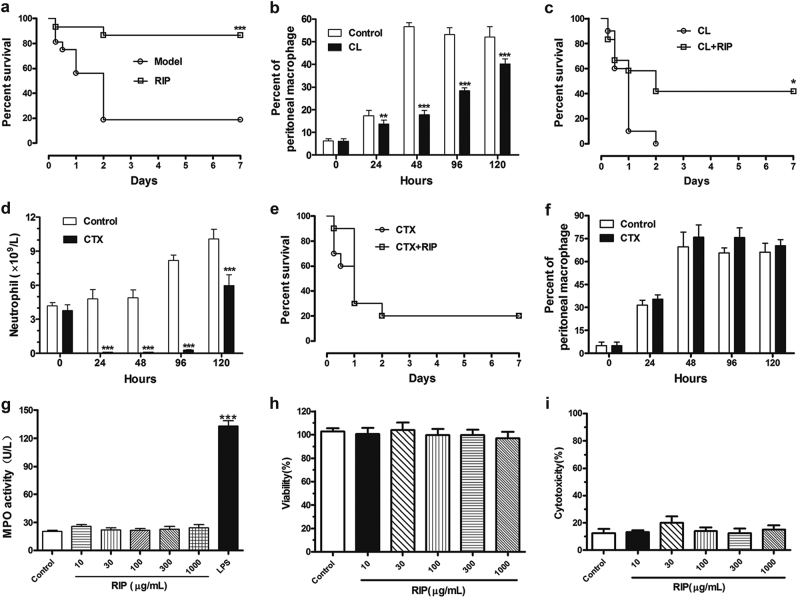Fig. 3. Neutrophil is essential to RIP’s in vivo protective effect.
a Survival of LAC-infected mice treated with 20 mg/kg RIP (n = 15). The model group was given the same volume of PBS (n = 16). b, f The proportion of macrophages in the peritoneal lavage fluid of mice. BALB/c mice were injected intravenously with 150 μL clodronate liposomes (CL) and 200 mg/kg cyclophosphamide (CTX), and subsequently challenged with 3 × 107 CFU LAC. The proportion of macrophages was analyzed by flow cytometry (n = 3). c Survival rate of the macrophage-deleted mice infected with LAC and then treated by 20 mg/kg of RIP at 1 and 6 h after infection (n = 10). d Neutrophil depletion was performed in BALB/c mice via administration of 200 mg/kg CTX, and then the mice were challenged by 3 × 107 CFU LAC. The number of neutrophil in the blood of mice was analyzed with an Abbott Cell-Dyn 3700 system (n = 3). e Survival rate of the neutrophils-deleted mice infected with LAC and then treated with 20 mg/kg RIP at 1 and 6 h after infection (n = 10). g Neutrophils were incubated with 10, 30, 100, 300, and 1000 μg/mL RIP or 50 ng/mL LPS alone for 30 min at 37 °C. MPO enzyme activity was measured spectrophotometrically in the cell-free supernatants (n = 4). h, i After human neutrophils were pretreated with various concentrations of RIP for 24 h at 37 °C and 5% CO2, cell proliferation was measured by CCK-8 (n = 8) and the release of LDH amount was determined (n = 6). Data were shown as mean ± SD (b, d), or mean ± SE (f–i). **P < 0.01, ***P < 0.0001 vs. control group

